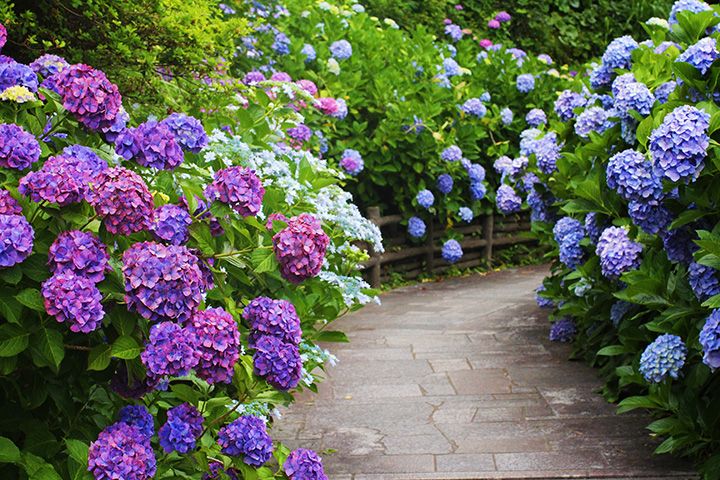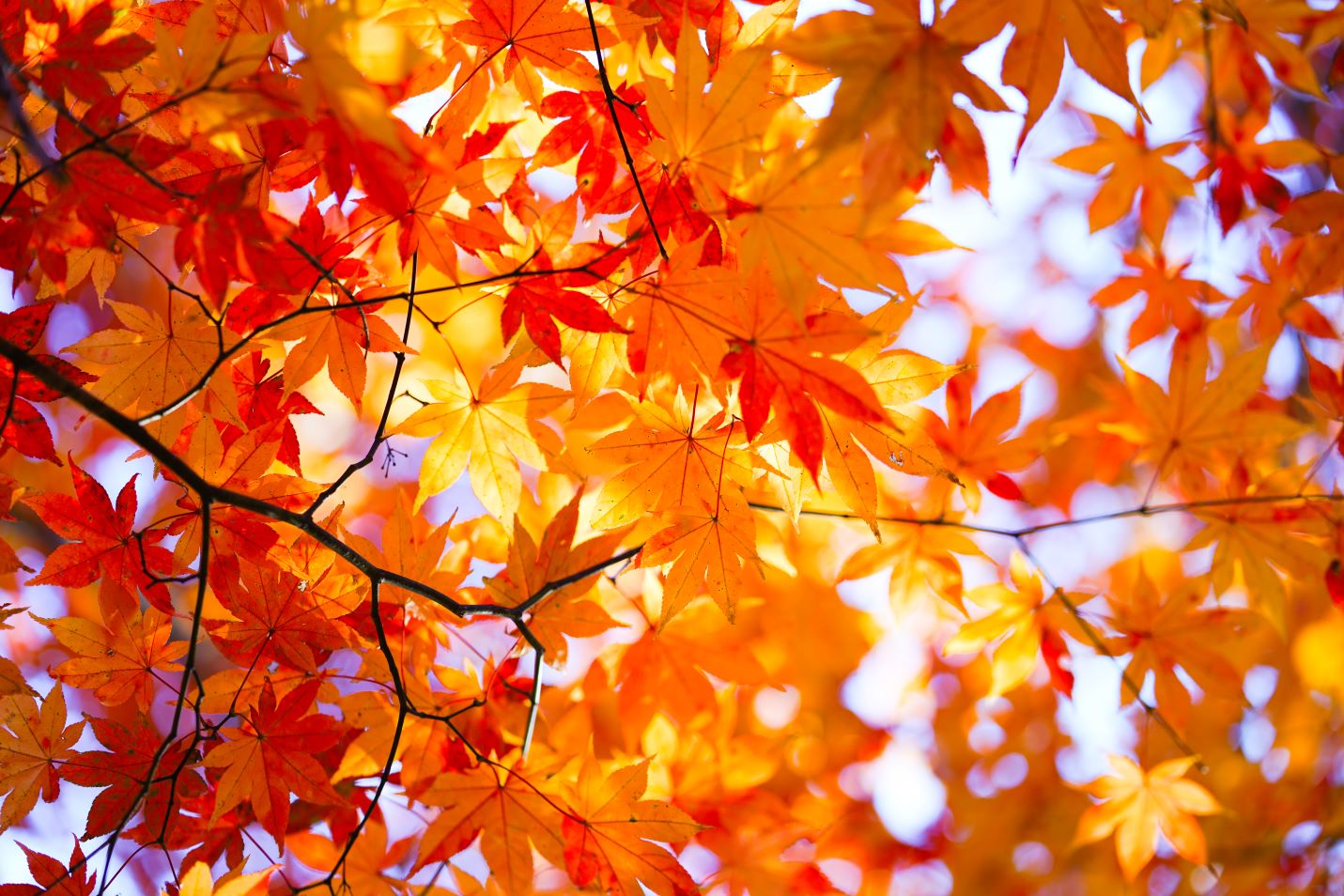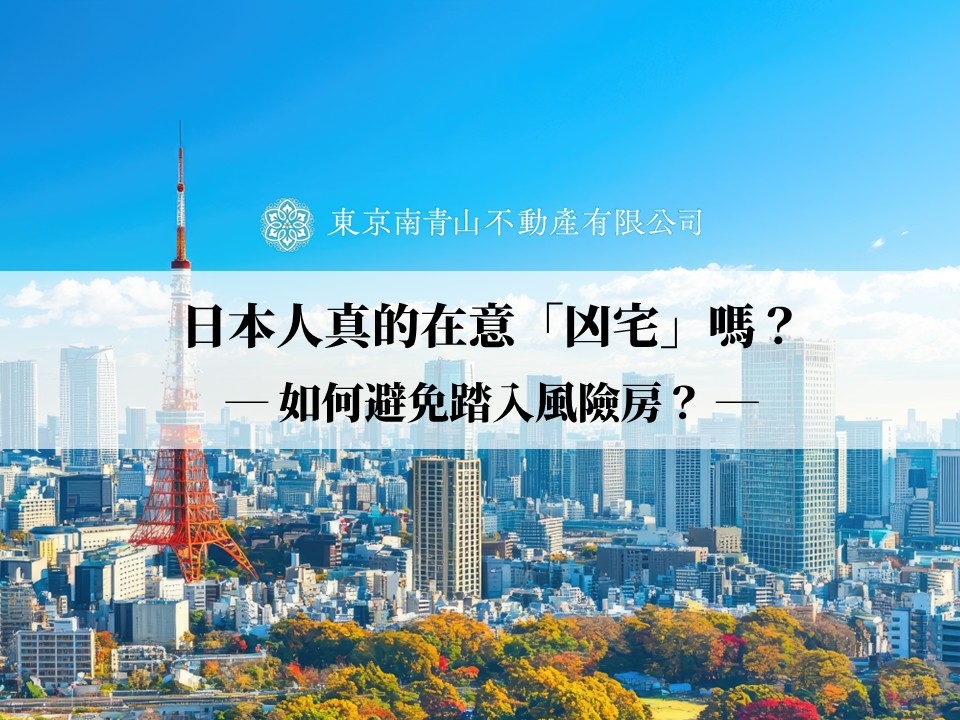In June, hydrangeas bloom and rain falls gently. During this period, the traditional Japanese month name "Minazuki" is used. Let's explore the early summer culture of Japan, from the origins of this intriguing name, which means "no water" despite the rainy season, to the seasonal scenery, events, and wisdom of daily life.

Hydrangea
1. What is Minazuki?: The Meaning and Origin of June's Japanese Month Name
Is the "Mu (無)" in "Minazuki" Really "Nothing"?
"Minazuki" refers to the sixth month of the lunar calendar and is read as "Minazuki." At first glance, it appears to mean "month without water," but the "Mu" is actually a conjunction particle equivalent to "no," meaning "month of water." In other words, it does not signify a month with a water shortage, but rather a "month when rice fields are filled with water," indicating the period when water is abundant for rice planting.
Seasonal Sensation Overlapping with the Rainy Season
In the Lunar Calendar, It Is the Height of Summer
The current month of June falls in the middle of the rainy season. It seems odd to describe it as "no water" during this time of continuous rain, but in the lunar calendar, it corresponds to mid-July, the height of summer, when water was drawn to dry lands. The origin of the word reflects the close relationship between the seasons and agriculture.
2. Differences Between Minazuki and the Lunar and Gregorian Calendars
June in the lunar calendar corresponds to early to mid-July in the Gregorian calendar, making it a season of water shortages and intense heat. Understanding this slight shift in timing compared to the modern image of June helps to reveal the true meaning of "Minazuki."
Japanese Wisdom of Living with Water
Too much or too little water can be problematic—the history of facing Japan's natural environment is condensed in the name "Minazuki." Controlling water, respecting water, and living with water. This awareness is a cultural lesson that also applies to modern disaster prevention and environmental issues.
3. The Spirit of
Scenes of Rain in the Manyoshu
In the Manyoshu, there are numerous waka poems related to "May Rain" and "Minazuki." During the continuous rainy days, prayers for nature and gratitude for its blessings are expressed. Even in the damp air, a beautiful atmosphere was found.
Nagoshi no Harae and Passing Through the Thatch Ring
On the last day of June, a Shinto ceremony called "Nagoshi no Harae" is held at shrines across Japan. By passing through the thatch ring, people cleanse themselves of impurities accumulated over the past six months and pray for health and safety for the remaining half of the year. This event can be said to symbolize the spirit of Minazuki.
Xia Yue's exorcism and the circle of thatch
Circle of Kayano
4. Nature and Traditions of Minazuki
The Beauty of Hydrangeas and Rain
One of the most iconic flowers of Minazuki is the hydrangea. The sight of hydrangeas changing colors while adorned with raindrops perfectly captures the essence of Japan's changing seasons. "Hydrangea Festivals" held at temples, shrines, and gardens across various locations add to the enjoyment of the rainy season.
Hydrangea
Hydrangea
An Early Summer Night Lit by Fireflies
From mid-June, you can witness the enchanting sight of fireflies dancing. Fireflies that live near water are indicators of the richness of water and the health of the natural environment. There are spots where you can see them even in urban areas, and the best time for observation is at night after the rain.
Firefly
Firefly
5. Taste of Minazuki and Seasonal Events
Enjoying the Japanese Confectionery
The Japanese confectionery "Minazuki," eaten on June 30th, is a triangular sweet made of white uiro topped with red beans. Originating in Kyoto, it is traditionally eaten on the day of Natsuetsu's exorcism to ward off evil spirits. The triangular shape represents ice, and the red beans symbolize protection.
Japanese sweets: Minazuki
Japanese sweets: Minazuki
Plums, Green Shiso, and Preserved Foods in Early Summer
This season also marks the beginning of plum work. It's the perfect time to make preserved foods, such as pickled plums and plum wine, and to prepare regular dishes with green shiso and rakkyo. These traditional practices are the wisdom of old-fashioned life, helping to counter the humidity of the rainy season.
Plum work
Plum work: pickling plum wine or plum juice
6. The Spirit of Minazuki in Our Lives
Coolness and Cleansing in Life
Whether it's placing a thatch wreath at the entrance or going outside with your favorite umbrella on a rainy day, enjoying Minazuki involves "purifying and organizing" both mind and space. Fragrant Japanese aromas and incense are also recommended for moisture control and a change of mood.
Relax and Enjoy the Changing Seasons
Listening to the sound of rain, gazing at hydrangeas, and adding the scent of early summer to a steaming teacup— such relaxing moments are key to making the rainy season your ally.
7. Summary: The Season of Prayer and Purification Reflected by Minazuki
Minazuki is a season filled with the wisdom and sensibilities of Japanese people living in harmony with nature. The meaning of the name, the beauty of rain, traditional events, and flavors... All of these quietly carry prayers for the new half-year.
Quietly aligning oneself with nature—Minazuki may be a month for "mental maintenance."
June in Japan Introduced in Photos: The Scenery of June Created by Rain and Greenery
Hydrangeas and cobblestones wet in the rain
Wet cobblestones and hydrangeas
Happy Father's Day
Cherries











